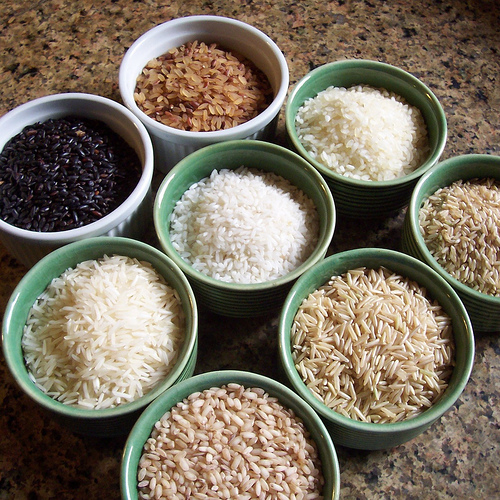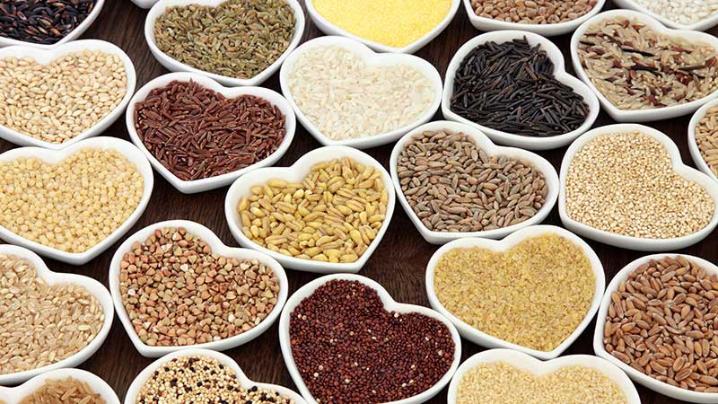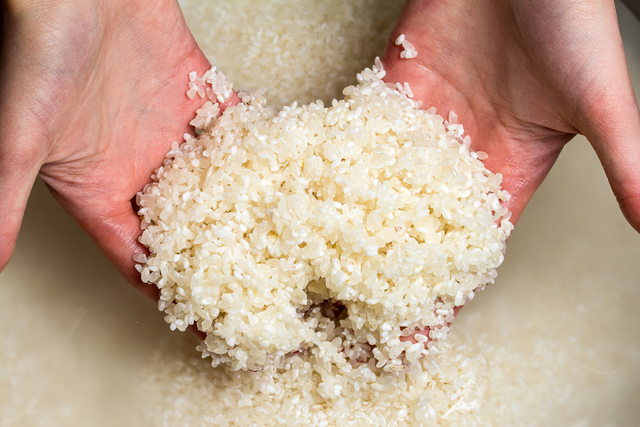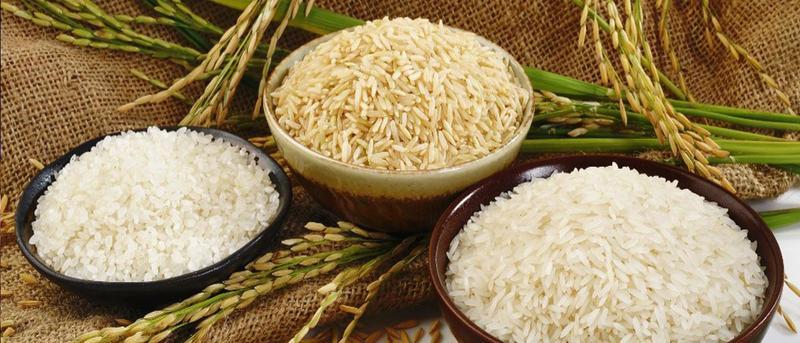Store-Bought Rice is Filled With Arsenic, Here’s How to Remove as Much as Possible
Store-Bought Rice is Filled With Arsenic, Here’s How to Remove as Much as Possible
Multiple tests have proven there are dangerous amounts of arsenic in modern, conventional foods. The dangers of arsenic have been well-documented, with a strong relationship to multiple cancers and heart disease.
Yet, we still consume unhealthy, and even toxic levels of arsenic on a daily basis. One of the biggest culprits is a widespread diet staple: rice.
What is Arsenic?
Arsenic is a naturally occurring mineral that comes in two forms, inorganic and organic, the latter is less toxic and is a natural element found in the earth’s crust. Arsenic can be released into the environment through a number of ways, including the use of pesticides and poultry fertilizer. In other words, arsenic is found in both our soil and water, meaning it can be found in foods that are prone to nutrient absorption, like rice.
Arsenic in Your Rice

Tests prove that inorganic arsenic content in rice varies greatly on the variety and growing techniques of rice. Here’s what you need to know:
White basmati rice from India, Pakistan and California, have on average half of the inorganic-arsenic amount of other rice types.
All types of rice (except sushi and quick cooking) from Arkansas, Louisiana or Texas have the highest levels of inorganic arsenic.
Brown rice has 80 percent more inorganic arsenic on average than white rice of the same type.
Arsenic absorbs in its fibrous outer later, which are removed to make white rice
Rice that is grown organically absorbs arsenic in the same way and amount, therefore, relying on “organic rice” as a healthy alternative is not safer.
The Dangers of Arsenic
Arsenic is a known carcinogen and exposure can lead to increased risks of several cancers, including bladder, lung, and skin cancer. Additionally, increased and continuous exposure has been connected to heart disease and type 2 diabetes. New studies have even warned of the dangers of arsenic exposure pregnant women and fetuses’ health, leading to hostile utero environment and weaker immune systems.
There has been a lively debate in the health community and among health regulators. The USA Rice Federation says that studies prove, “white or brown rice in the diet provides measurable health benefits that outweigh the potential risks associated with exposure to trace levels of arsenic.” The FDA has publicly disagreed with this statement, saying that the health risks of arsenic consumption in rice, far outweigh the benefits.
While there is not official federal limit of arsenic and in rice and rice products, the FDA has proposed an “action level” proposal for arsenic found in juice.
Since 2012, FDA Consumer Reports have made actions toward regulating arsenic levels in foods, such as rice. Last year, the FDA released an announcement that they believe the largest set of test results confirm the presence of arsenic in rice and rice products. There is an agenda to release an official draft assessment of potential risks associated with arsenic found in mainstream conventional foods.
Grains Lower in Arsenic

Opting for grains other than rice, to avoid arsenic entirely or lower your arsenic consumption is an important step toward a healthier diet. Here’s a list of grains with no or negligible arsenic levels you can incorporate on a daily basis:
Amaranth
Buckwheat
Millet
Polenta or grits
Bulgar
Barley
Farro
Quinoa
Lowering Arsenic in Your Rice

Cutting out rice from your diet entirely is easier said than done. If you plan on eating rice in the future, use this simple and effective tip to lower the levels of arsenic in your rice: rinse raw rice thoroughly before cooking, using a ratio of 6 cups water to 1 cup rice, and draining the excess water afterward. Even though you may sacrifice some of the rice’s nutritional value, research proves that rinsing and using more water removes roughly 30 percent of the rice’s inorganic arsenic content.
Be the first to post a message!
